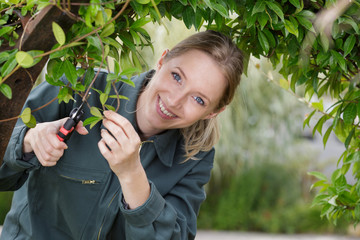Whether your dishwasher needs to be repaired or replaced, you can do a few things to make it work better. You can clean the filter, replace the heating element, or even repair a leak underneath the door. Depending on your model, replacing the heating element in a dishwasher is simple. You can replace the heating element with the right tools and instructions.
 Repair a leak beneath the door. Identifying the cause of a dishwasher leak is the first step to fixing it. The problem may be something as simple as a clogged drain hose, or it may be more complicated. If you need clarification on what’s causing the problem, you may have to call in a professional Dishwasher Repair. Luckily, there are several ways to fix a leak in a dishwasher. Using the correct detergent can help. This will help reduce the bubbles and suds your dishes may produce. It is also a good idea to clean your dishwasher filter regularly. Clean it with a soft cloth to remove any clogs.
Repair a leak beneath the door. Identifying the cause of a dishwasher leak is the first step to fixing it. The problem may be something as simple as a clogged drain hose, or it may be more complicated. If you need clarification on what’s causing the problem, you may have to call in a professional Dishwasher Repair. Luckily, there are several ways to fix a leak in a dishwasher. Using the correct detergent can help. This will help reduce the bubbles and suds your dishes may produce. It is also a good idea to clean your dishwasher filter regularly. Clean it with a soft cloth to remove any clogs.
First, you need to disconnect the power to the dishwasher. You may also need to disconnect the washer’s water supply line. If you do not do these things, you may receive a shock. You must unplug the water supply line and remove the lower kickplate panel. This panel is held in place by two or four screws. You may also need to open the dishwasher door to access the wiring.
Keeping your dishwasher clean is a great way to prolong the life of your appliance. There are many steps to follow when it comes to cleaning your filter. You can use some common household items to get the job done. Soaking your filter in warm water and a little dish soap is a good way to loosen dirt and debris. It is also a good way to prevent the filter from getting clogged.
Aside from soaking, you can also try rinsing the filter with warm water to get rid of most soils. It may be necessary to flush out the filter a few times to remove any debris still in the filter. Replace the spray arm cap. Whether you’re a DIYer or looking for professional dishwasher repair, you may need to replace the spray arm cap. This is a common dishwasher part and can be replaced quickly. It’s also a fairly simple repair that doesn’t require a lot of tools.
The spray arm cap is the piece that connects the upper and lower spray arms to the dishwasher. It’s a plastic cap with a diameter of half an inch. It can become damaged over time and needs to be replaced. A broken or damaged spray arm can prevent proper cleaning. It may also cause problems with the water pressure. The spray arm should be re-installed properly to ensure that dishes are cleaned properly.
Replace the inlet valve. Whether you are having trouble with your dishwasher or you suspect it needs to be replaced, you will need to know how to replace the inlet valve. If you need help with how to do this, you may need to call a professional to help you.
Before replacing the inlet valve on your dishwasher, you should first turn off the power. This may require you to shut off power at your main house valve or fuse box. You should also make sure that you have enough room to work. After removing the lower access panel, you should be able to access the water inlet valve. You may need to pull off the lower legs to get enough room to reach the panel.
Replace the motor. Changing a motor in a dishwasher is a time-consuming task. The repair process can be tricky and involves the use of expensive parts. However, there are ways to save money on repairs. A dishwasher has two major components: the pump and the motor. The pump is responsible for circulating water through the dishwasher and releasing it after the wash cycle. The motor controls the amount of water released, which is why it is the most expensive component in the dishwasher.
The motor and pump are located on the bottom left of the machine. They are held in place by a large spring clip. This clip is often called a spring-loaded clamp. It should be rotated around several inches to secure the hose.

